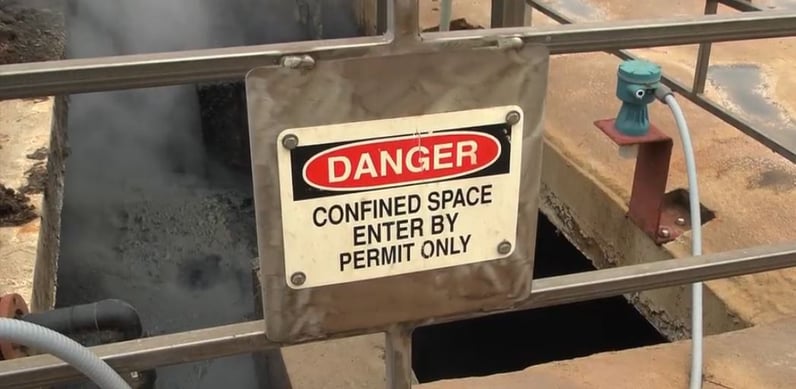Now is a great time to assess manure pit dangers and bone up on identifying hazardous gases as fall approaches. Many deaths happen late summer and fall when crops come off and producers are emptying pits. Everyone who works in or around manure storage (tanks, pits & lagoons) should understand manure gas hazards. A good resource for information is the Great Plains Center for Agriculture Health fact sheets at www.gpcah.org.

The four main gases produced from decomposing manure are; hydrogen sulfide, methane, ammonia and carbon dioxide. When pits are agitated for pumping, some or all of these gases are rapidly released from the manure and may reach toxic levels or displace oxygen, increasing the risk to humans and livestock.
Pits Are Unpredictable! You may have been safe in the past working around your pits, but factors such as stage of manure decomposition, wind conditions or other issues can change and create an environment for the pit to release deadly concentrations of toxic gases. Because gases may not be detected by smell, especially at high concentrations, treat a manure pit as if it is a death trap. A “monitoring plan” should be in place to safely evaluate the air quality prior to entering manure storage. Remember, manure pits are confined spaces and the protocols for entering a confined space must be followed.
Hydrogen Sulfide (H₂S) Methane (CH₄) People cannot smell hazardous concentrations of hydrogen sulfide and methane, but concentrations may be high enough to decrease oxygen and paralyze breathing. Monitors for measuring gas concentrations are available and should be used prior to entry into any manure storage area. The best monitor is a multi-gas monitor with sensors for oxygen, hydrogen sulfide, methane or explosion. These monitors are relatively inexpensive and can save the life of you, a family member, or an employee.
Summary: Every year people die due to carelessness while handling manure and working around manure storage areas. Too often family members are lost because they try to rescue someone that has been overcome by these dangerous gasses.
1. Be prepared and thoroughly understand the dangers of these gases.
2. Train anyone who works around manure storage areas.
3. Do not enter manure storage areas without running mechanical ventilation during pumping and
constantly measuring gas concentrations—even if you never go into the building or storage area.
The GPCAH publications mentioned earlier are a great place to start to learn about each of the gases, their hazards, developing a plan, as well as monitoring information. Links are also provided for more extensive information.



